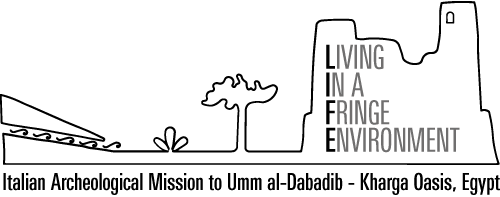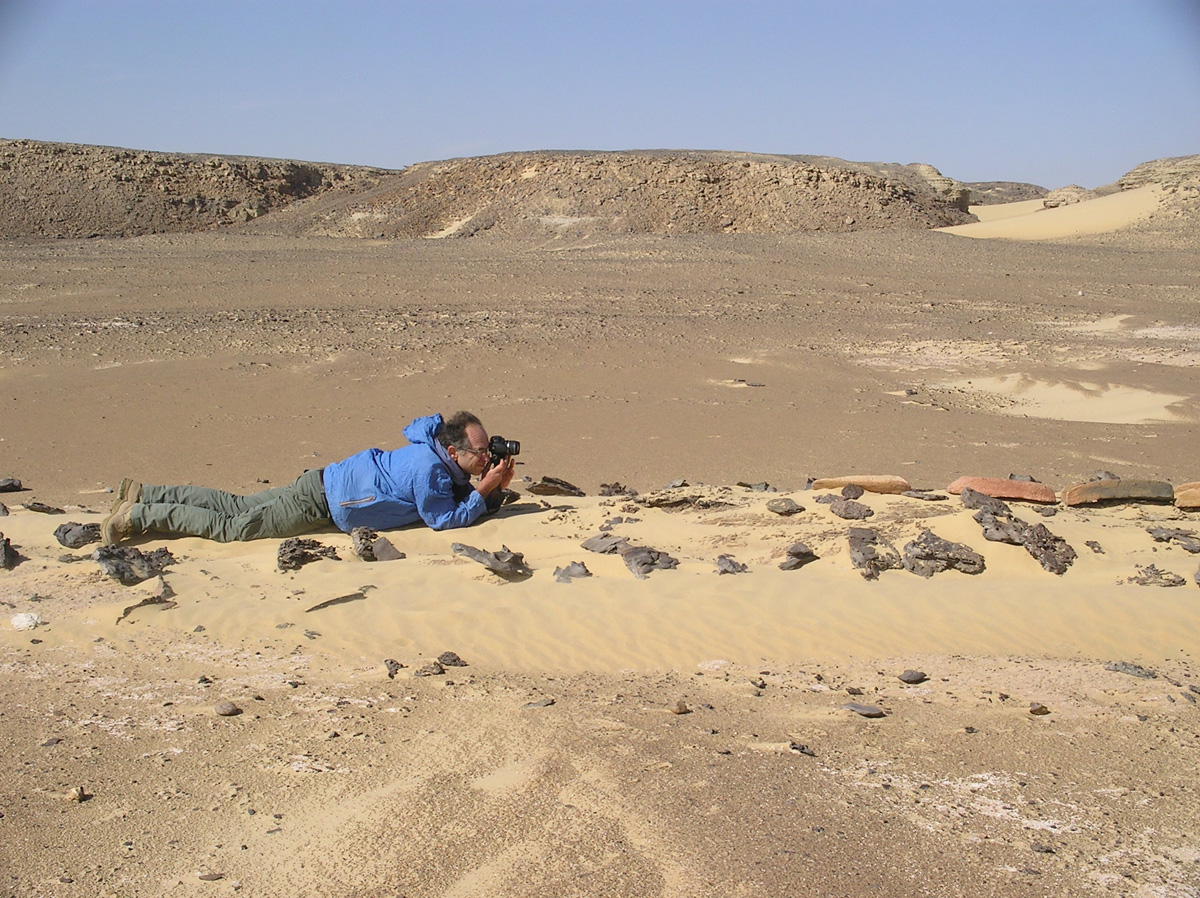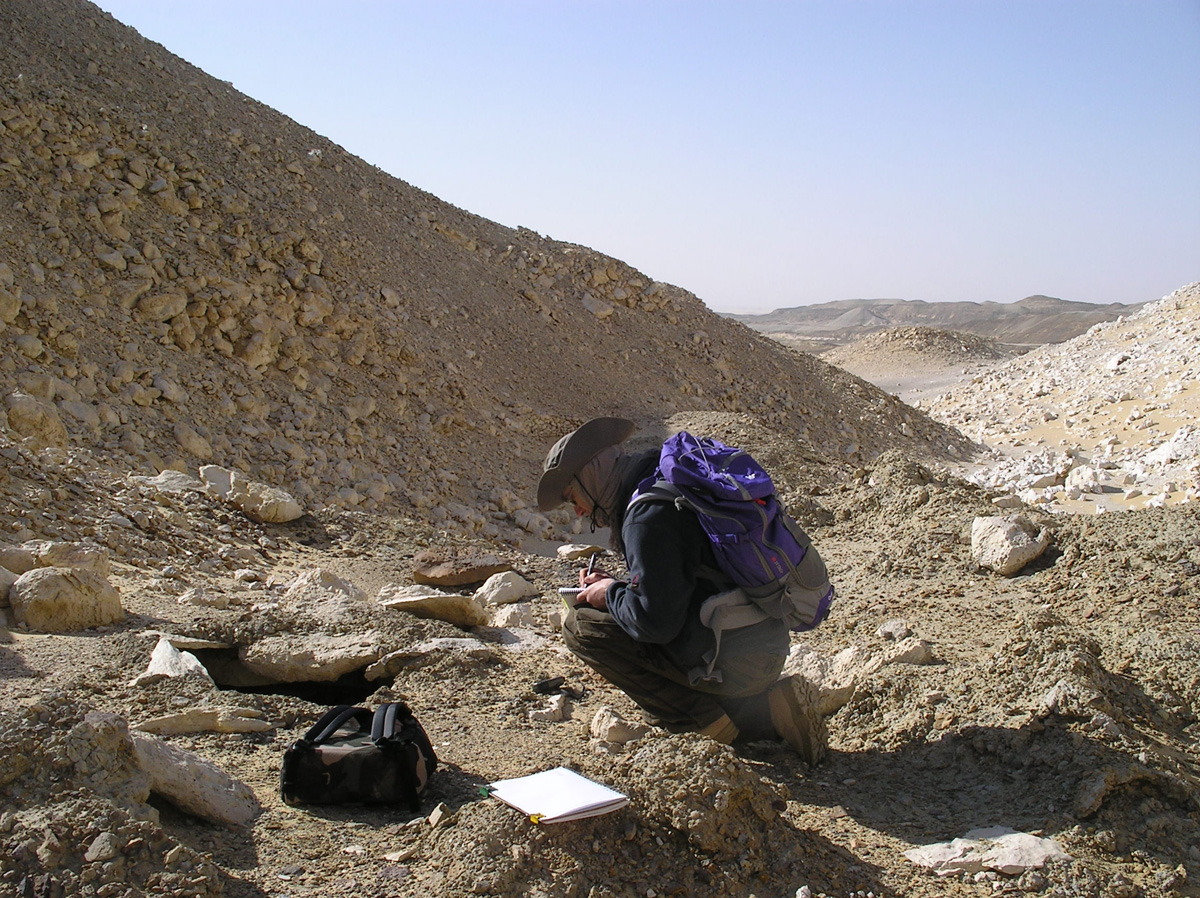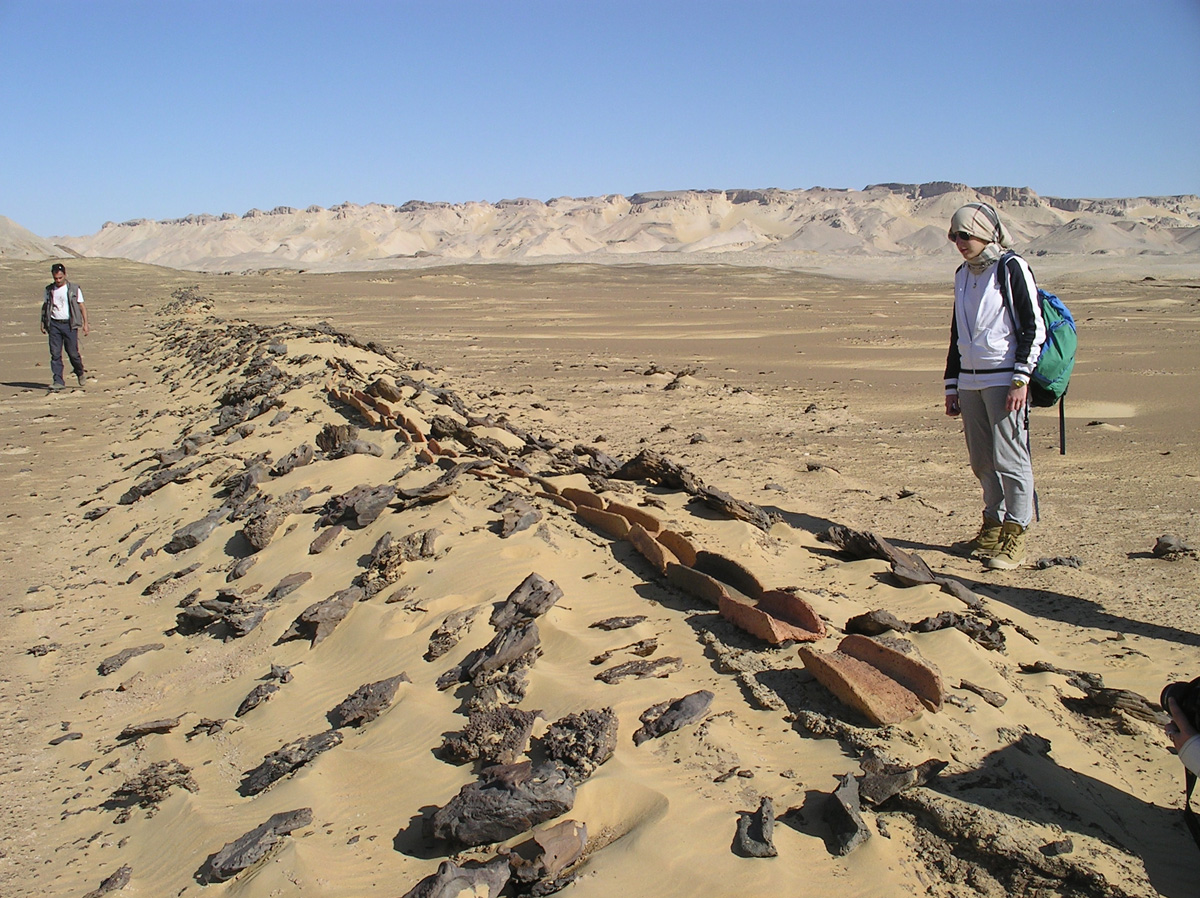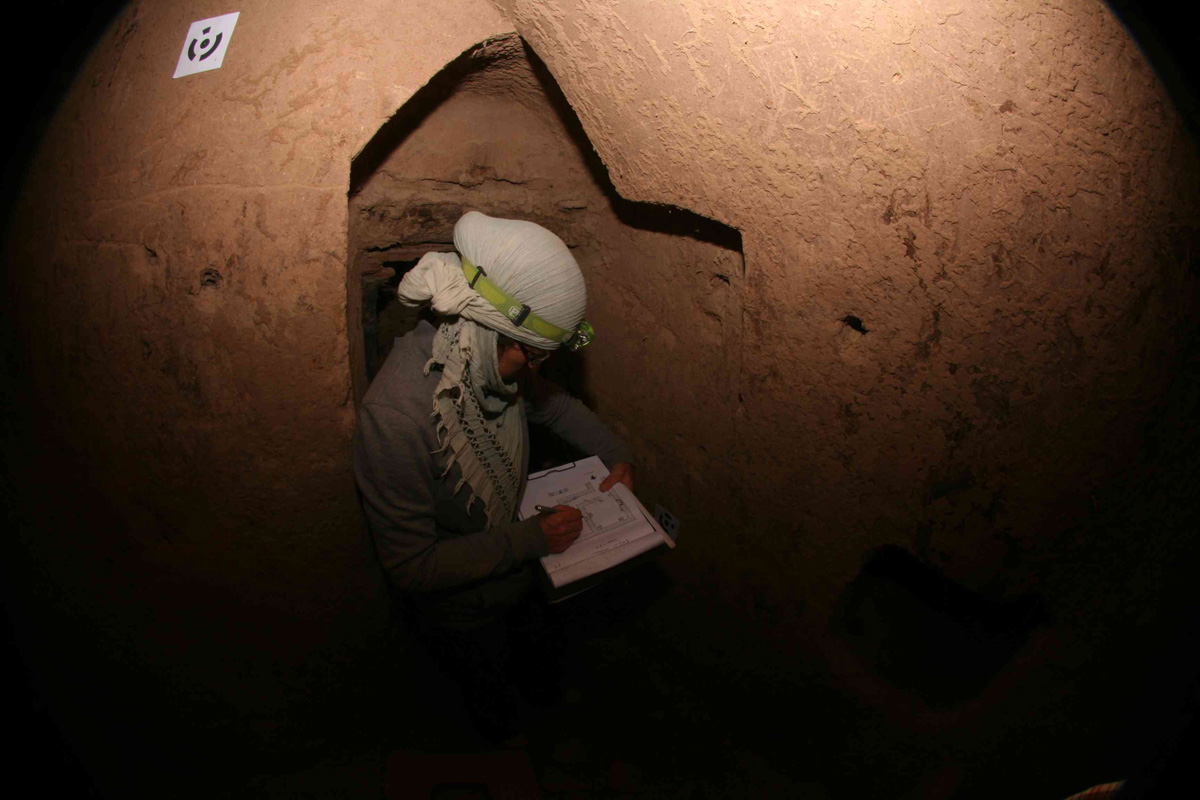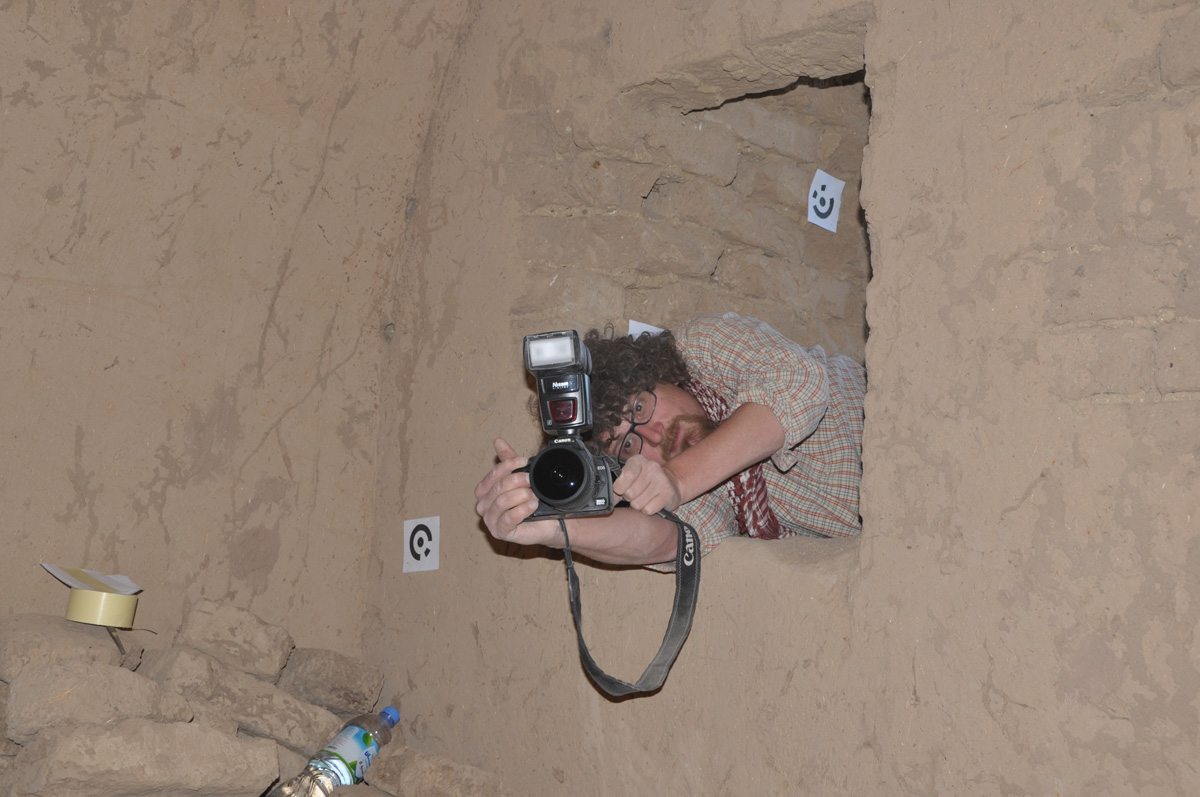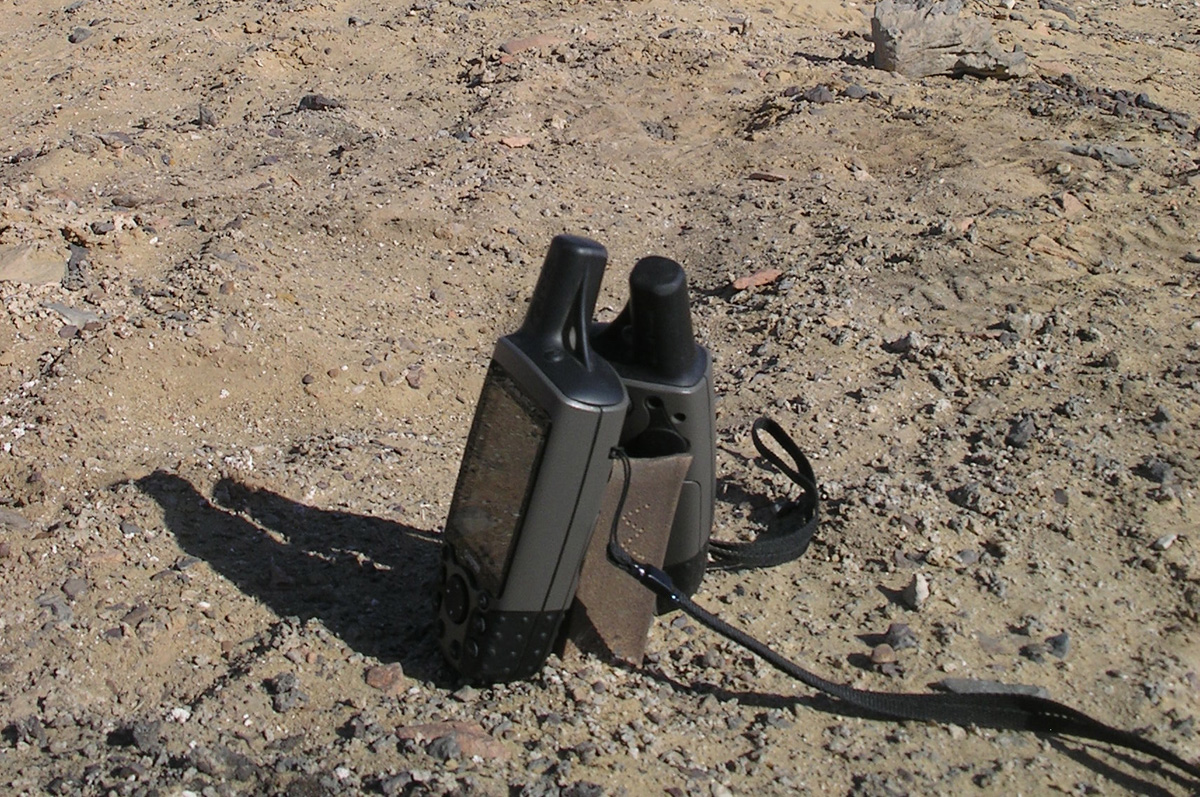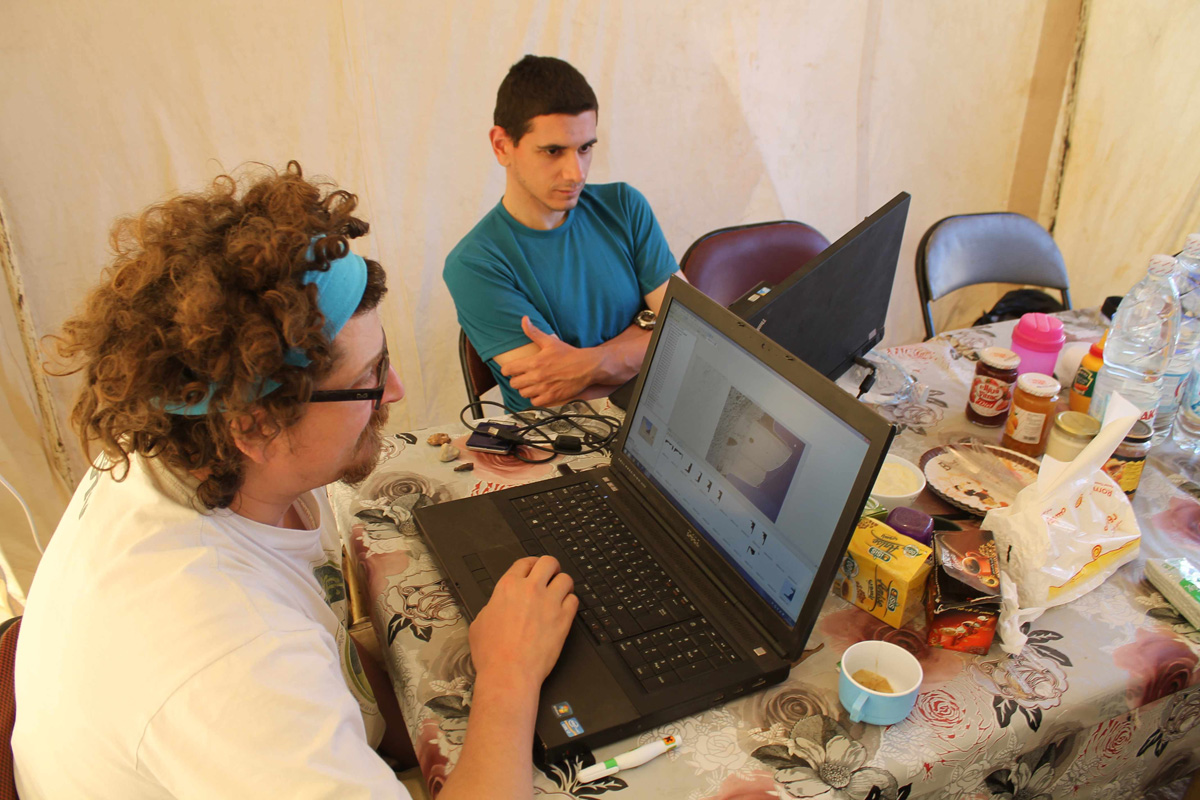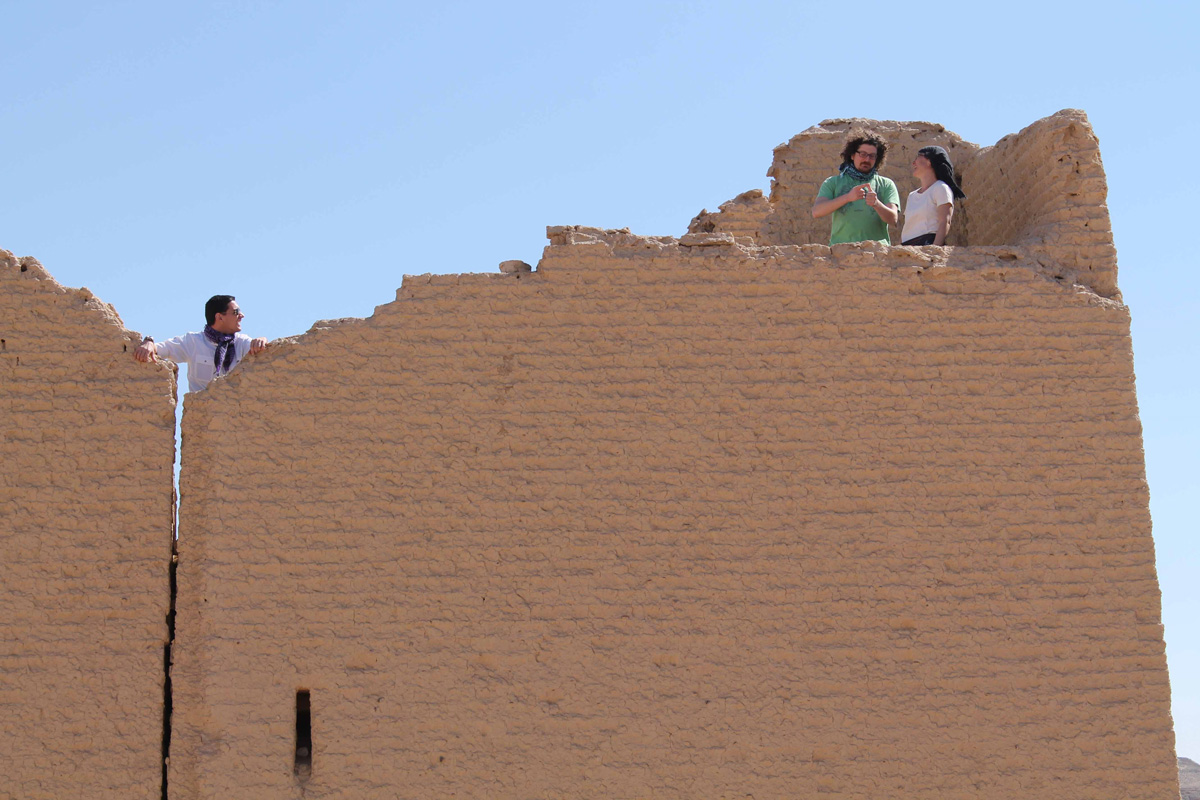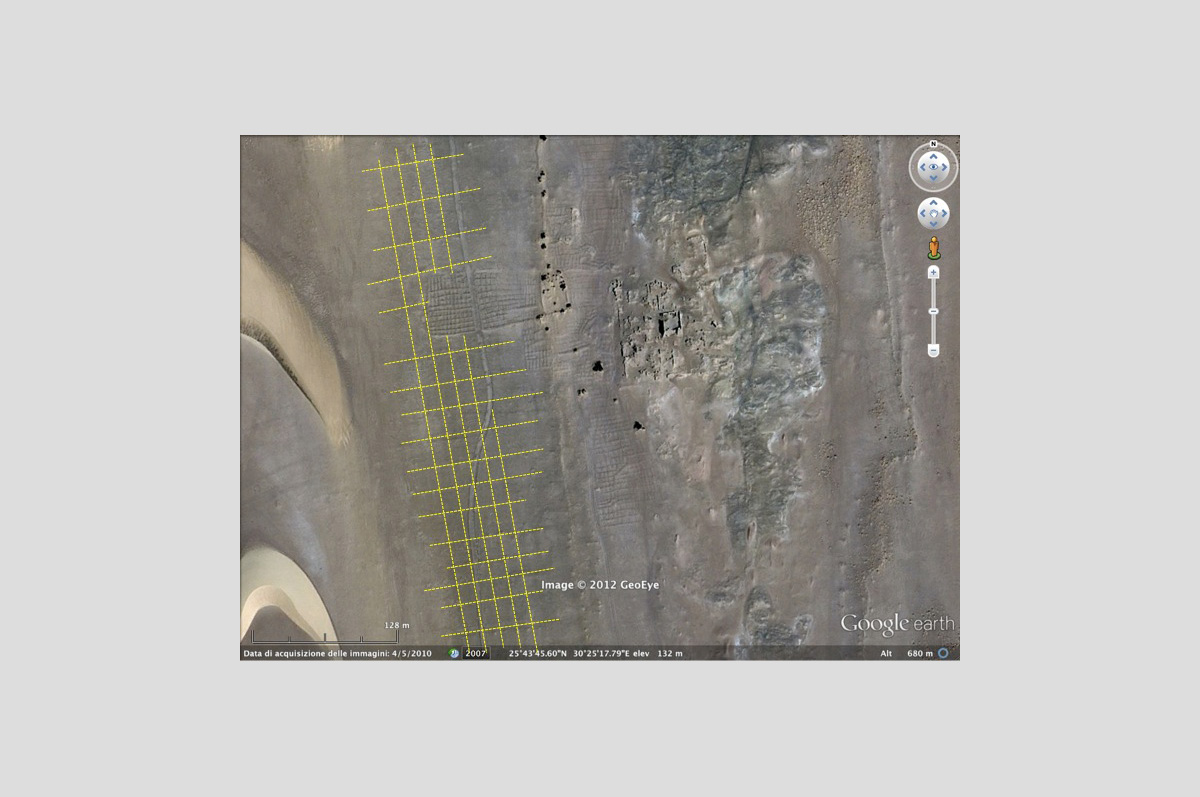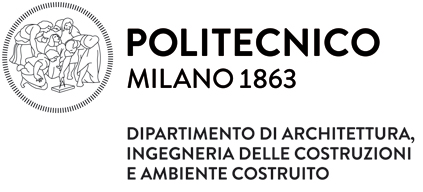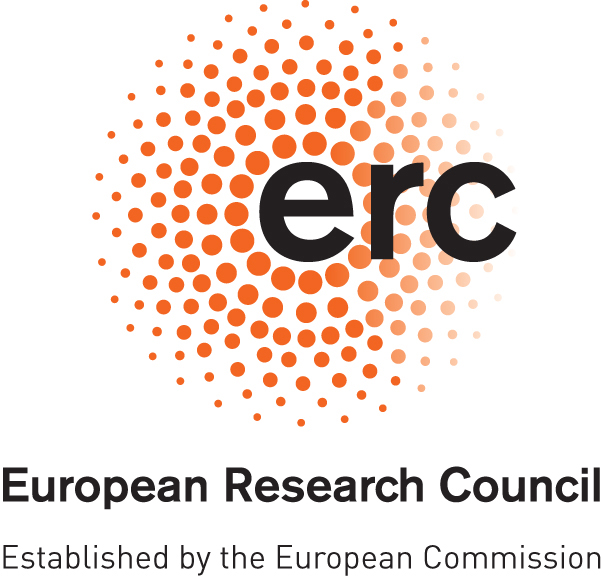ERC PROJECT
- the acquisition of new information, and the elaboration of the 3D survey of the remains;
- the development of innovative tools to record and document archaeological activities;
- the historical and strategic interpretation of the site in connection to the other Late Roman sites that punctuate the oasis;
- the dissemination of the results through classic and innovative channels.
Since its start, LIFE had to face a major issue: the lack of permissions to carry out the fieldwork that had been planned. This problem, affecting all archaeological missions wishing to work in the Western Desert, prompted the development of alternative directions of research and collaborations.
The research team was divided into an Architectural/Archaeological Unit, based at the Politecnico di Milano, and an Environmental Unit, based at the Università Federico II di Napoli.
These two groups reflect the duality of the ancient remains: the settlements and the agricultural system, both preserved in excellent conditions. Differently from other archaeological sites where only one (or only fragments) of these two components survive, Umm al-Dabadib represents a unique chance to study both elements at the same time.
The major events that punctuated the project may be seen here.
